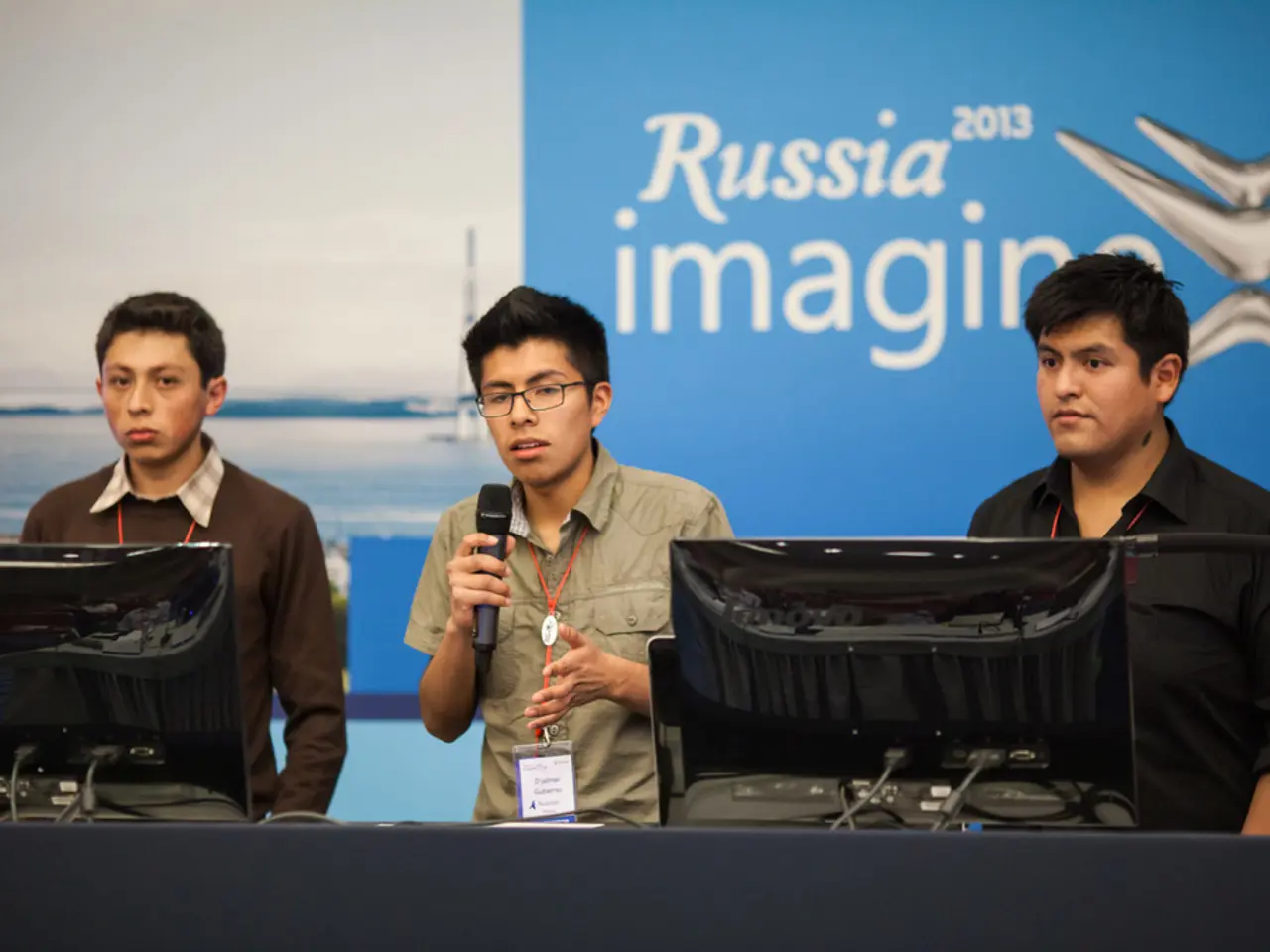The difficult aspect won't be shipping American AI technology abroad; it'll be ensuring its successful implementation.
========================================================================
In the global race for AI partnerships, many countries in the Global South are seeking partners who align with their national interests, rather than simply advancing foreign strategic or corporate agendas. The United States can effectively compete with China by focusing on selective, mutually beneficial alliances that leverage America’s technological strengths while addressing local digital capacity and infrastructure challenges.
The U.S. strategy for AI partnerships involves embracing its strengths in open innovation and democratic governance, investing in capacity-building and infrastructure where feasible, and choosing partners strategically to build sustainable and aligned AI ecosystems in the Global South.
Choosing Partners Strategically
To maximize impact and sustainability, the U.S. should prioritise countries with aspirations and some capacity for developing sovereign AI ecosystems. Due to the inability to match China’s large concessional infrastructure loans, the U.S. must be strategic about where it invests resources.
Supporting Capacity-Building and Local Innovation
The U.S. can support capacity-building and local innovation by enabling local developers and governments to modify and build upon U.S. AI technology stacks, thus addressing relevant local challenges and fostering AI ecosystems tailored to their needs.
Addressing Infrastructural and Skills Gaps Directly
Many low- and middle-income countries (LMICs) face significant obstacles like limited energy access, poor digital literacy, and weak digital infrastructure. Without tackling these barriers, U.S. AI models risk remaining underused or irrelevant.
Promoting Partnerships Anchored in Shared Norms and Governance Standards
The U.S. should promote partnerships anchored in shared norms and governance standards, emphasizing openness, data privacy, and trusted AI governance as opposed to China’s model, which is more centralized and sovereign-state focused. This can appeal to countries concerned about technological dependence or surveillance risks associated with Chinese offerings.
Leveraging Private Sector and University Collaboration
To foster innovation, the U.S. can leverage private sector and university collaboration, creating diversified, flexible ecosystems better suited to local needs, in contrast with China’s state-led governance of AI development.
In contrast to China, the U.S. approach to international AI engagements is different, as it primarily offers loan guarantees, insurance, or co-financing to encourage private capital, while the commercial risk still largely sits with the firm.
Offering Tailored Partnerships
The U.S. should offer tailored partnerships that help countries use American AI to advance their specific national priorities and development goals, rather than treating them as recipients of American technology.
The U.S. needs to offer more than standardized, one-time AI packages to compete with China. Engagement in markets with weak institutions, uncertain returns, or high political risk is more commercially risky for U.S. companies than their Chinese counterparts. To make a real difference, the U.S. should focus its financial support on markets where targeted de-risking can help anchor broader regional ecosystems, such as Kenya and Nigeria.
While China finances projects like Kenya's Konza Technopolis smart city through loans, the U.S. should establish clear, transparent, and binding agreements that guarantee consistent access to U.S. AI technology and services. The Trump administration should prove it's a partner worth building a long-term AI future with, rather than just sermonizing about values or selling its technology stack.
Recently, the U.S. has unveiled its AI Action Plan to win the AI race by exporting its full AI technology stack to all countries willing to join its AI alliance. The U.S. should resist turning its AI efforts into a values contest and focus on pragmatic economic partnership. The U.S. should invest in training local workers to run and maintain the infrastructure, as Huawei has done in Kenya's Konza Technopolis, and offer AI literacy programmes to build a local workforce capable of developing new AI-powered services and solutions.
In conclusion, the U.S. approach to competing in AI partnerships in the Global South involves embracing its strengths, investing in capacity-building and infrastructure, choosing partners strategically, and offering tailored partnerships that address local needs and help countries advance their national priorities. By doing so, the U.S. can compete effectively with China and build sustainable, mutually beneficial AI partnerships that drive economic growth and development in the Global South.
- The U.S., in its strategy for AI partnerships, should invest in training local workers to run and maintain the infrastructure, as well as offer AI literacy programs to build a workforce capable of developing new AI-powered services and solutions, just like Huawei did in Kenya's Konza Technopolis.
- To build sustainable and aligned AI ecosystems in the Global South, the U.S., when choosing partners strategically, should prioritize countries with aspirations and some capacity for developing sovereign AI ecosystems, ensuring that its AI policy aligns with the local digital capacity and infrastructure challenges.




